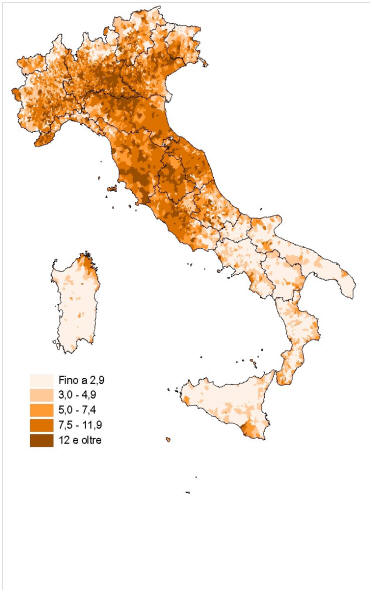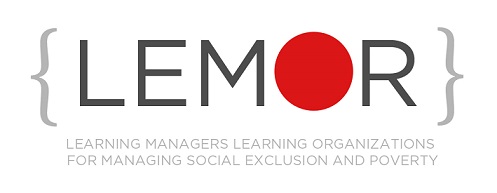|
ITALIAN COUNTRY REPORT
IMMIGRATION
Immigration to Italy is a phenomenon that became relevant
only at the end of the 1970's, as the country was
traditionally a source of migrants to other countries (it's
estimated that between 1876 and 1976, some 24 million
Italians emigrated abroad).
At the start of 2011 there were 4,570,317 foreign residents
in Italy and registered with the authorities.
This amounted to 7.5% of the country’s population. These
figures include more than half a million children born in
Italy to foreign nationals—second generation immigrants are
becoming an important element in the demographic picture—but
exclude foreign nationals who have subsequently acquired
Italian nationality; this applied to 65,938 people in 2010.
They also exclude illegal immigrants, the so-called
clandestini
whose numbers are difficult to determine. They are about
670.000.
Since the expansion of the
European Union,
the most recent wave of migration has been from surrounding
European nations, particularly
Eastern Europe,
and increasingly Asia, replacing
North Africa
as the major immigration area. Some 997,000
Romanians,
around 10 % of them being
Romanis,
are officially registered as living in Italy, replacing
Albanians and Moroccans as the largest ethnic minority
group.
The distribution of foreign born population is largely
uneven in Italy: 86.45% of immigrants live in the northern
and central parts of the country (the most economically
developed areas), while only 13.55% live in the southern
half of the peninsula.
The table below shows the increase of immigration in Italy
from the 2003 to the 2011.
|
2003 |
2004 |
2005 |
2006 |
2007 |
2008 |
2009 |
2010 |
2011 |
|
1,549,373 |
1,990,159 |
2,402,157 |
2,670,514 |
2,938,922 |
3,432,651 |
3,891,295 |
4,235,059 |
4,570,317 |
Source:
demo.istat.it
The graphic below shows the increase of immigration from the
2002 to the 2011

The imagine shows the geographical distribution of
immigrants in Italy

OV |



